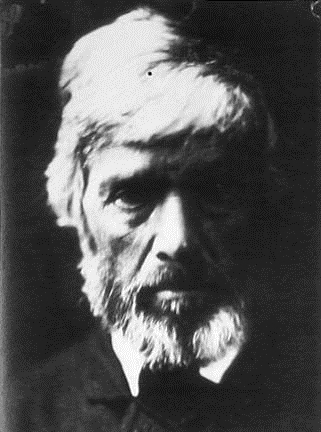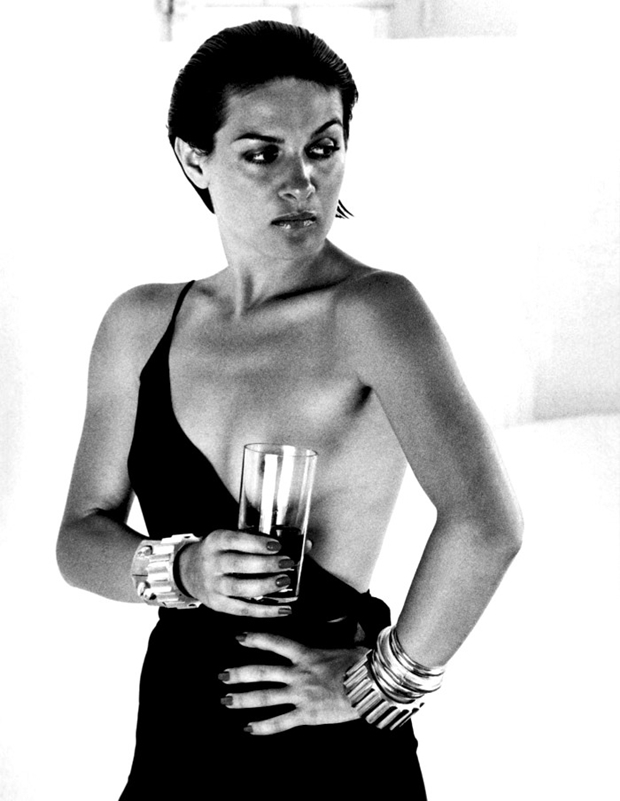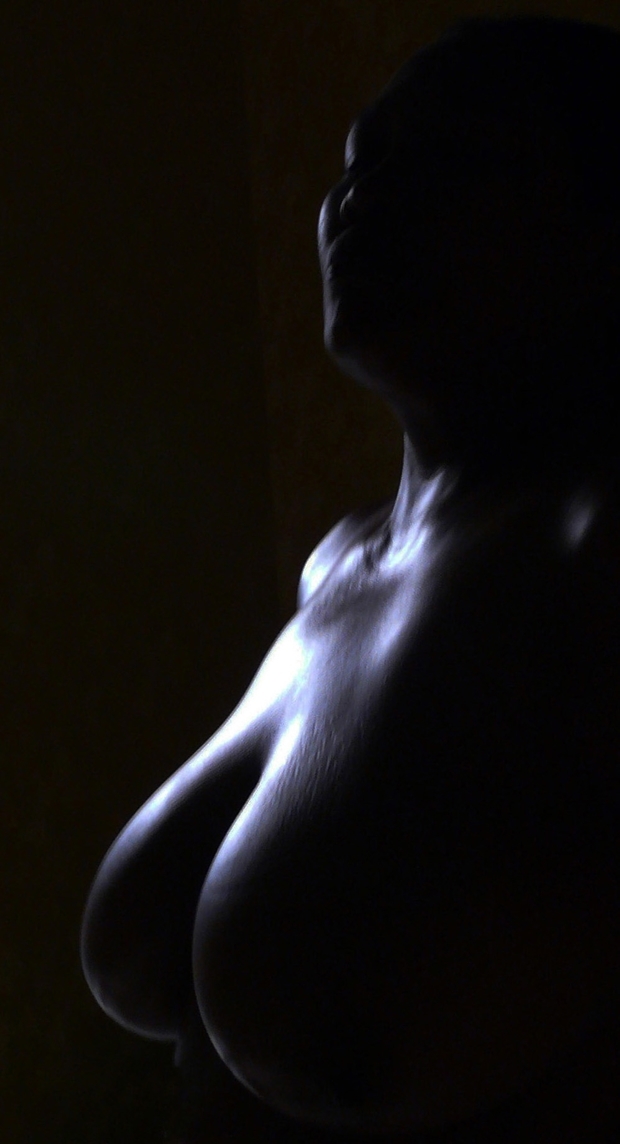
When photography was in its infancy the Kodak company pioneered, “You push the button – we do the rest.” And so photography flourished.
Today, the wheel has gone full circle and your DSLR awaits your finger on its button. You push that button and the camera does the rest!
Photography has changed so much in the past 20 years. Part of that change is cameras. Cameras have changed so much that images are now “instant”. Digital programs have made photography a simple process.
However, amazing images do not rely upon digital electrotrickery, amazing images come from you, the photographer. And here are a few ideas.
Photography in its infancy was Black and White (usually just called B&W). The final image in B&W can be definitely a stark and powerful image.
To get that amazing B&W photo, you need contrast, which means you have to learn how to control light. After all, photography means painting with light.
Begin by turning off the flash in-built into your camera. Why? Because the on- camera flash is difficult to control, and too powerful.
Look at the photos with this issue. All were taken indoors with only one source of light. Nothing fancy.

Your first shot should be taken in portrait format and the next landscape. I would get in the habit of doing this, because you will get some images which are not the ones you had in your mind, but can be quite amazing.
Do not take one shot on its own, or you will miss the one shot you are hoping to produce. In the studio setting we worked on getting six good shots from of a roll of 36.
To show that powerful portraits are made and not by chance, Pic 1 of Thomas Carlyle was taken by Julia Margaret Cameron in 1867 and was one of around 12 of these portraits taken at the sitting.

For Pic 2 the lighting was a tungsten garden light and off to one side to give the stark B&W we were looking for. The background was black velvet (a subject covered recently) and the model was positioned close to the camera and was set to try different poses until we got the look we wanted. The button was pushed around 10 times with the model trying the different poses. Some worked, some didn’t
Pic 3 was one of Paloma Picasso and was taken by Helmut Newton. Stark B&W with one breast exposed, but when you look, it is not visible behind the wine glass. A typical thought producing Helmut Newton image.
Now it is your turn. Using natural lighting try to photograph anything having made the lighting stark and full of contrast. Of course, you can also get the B&W image by manipulating with Photo Shop, but you do need the ‘contrasty’ image to begin with.
 |
 |
 |





